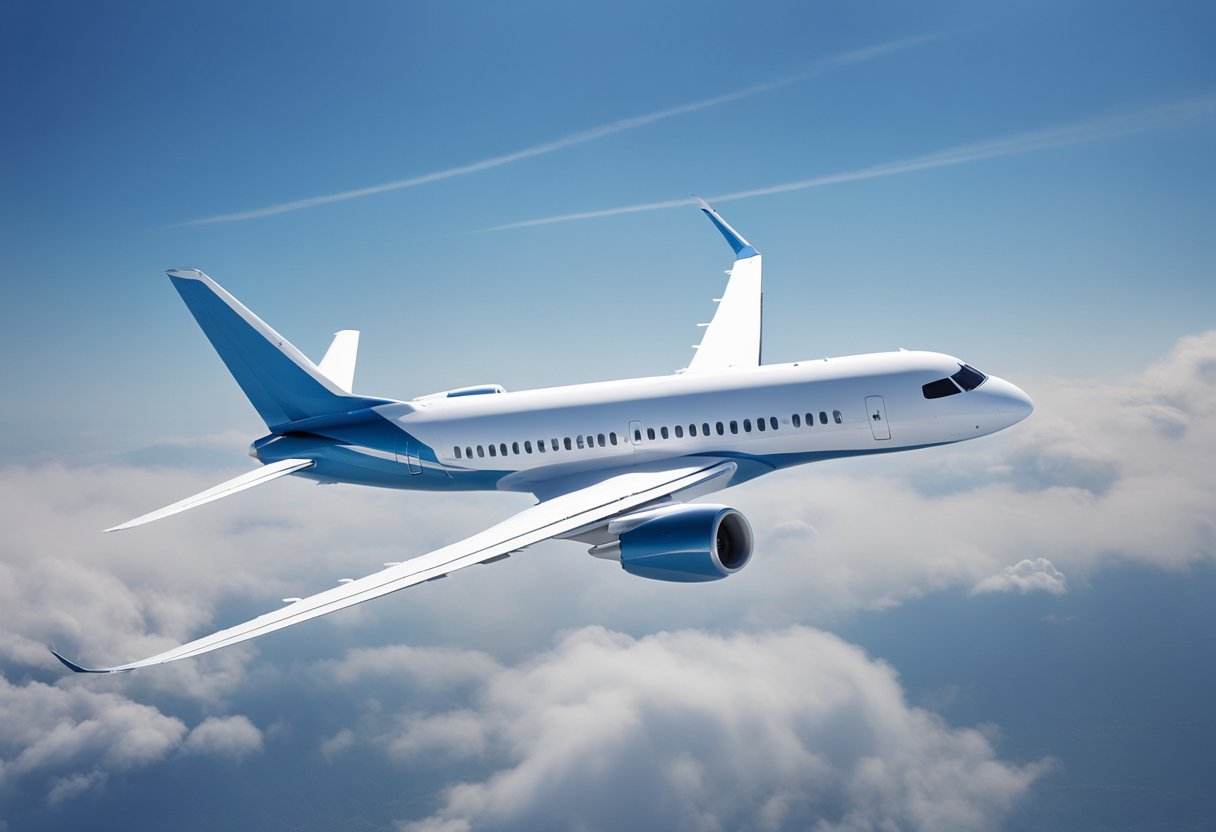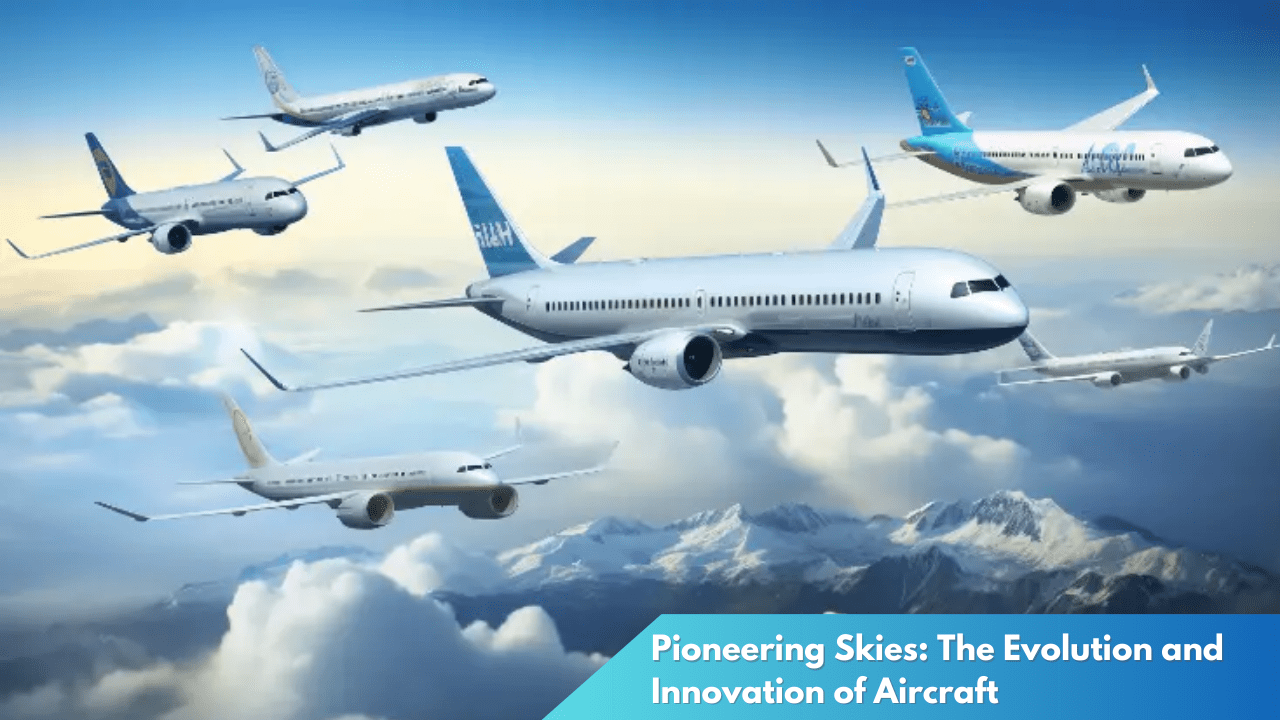Pioneering Skies: The Evolution and Innovation of Aircraft
The story of aviation is one of human ingenuity, daring, and relentless pursuit of the skies. From the rudimentary gliders of the early dreamers to the cutting-edge jets that now crisscross the globe, aviation has undergone a transformative journey. This narrative not only highlights human creativity but also underscores the technological advancements that have shaped the world as we know it. Through the vision and perseverance of a few pioneering souls, mankind has unlocked the mysteries of flight, setting the stage for an era of unprecedented connectivity and exploration.
Tracing the Path of Aviation’s Bold Pioneers

The dream of flight is as old as humanity itself, with legends and myths spanning cultures and centuries. Yet it was not until the late 19th and early 20th centuries that the scientific and technological groundwork was laid for actual flight. Key figures such as Sir George Cayley, Otto Lilienthal, and Samuel Langley each contributed to the foundational knowledge of aerodynamics and flight principles. Their experiments and prototypes, often rudimentary and perilous, provided invaluable insights into lift, control, and propulsion. This period was characterized by a fervent spirit of experimentation and discovery, setting the stage for the breakthroughs that lay ahead.
In a small workshop in Dayton, Ohio, two brothers dared to dream bigger than most. Wilbur and Orville Wright, armed with a deep passion for mechanics and a relentless determination, embarked on a journey to develop a powered aircraft. Their meticulous approach to problem-solving, coupled with an innovative three-axis control system, culminated in the historic flight of the Wright Flyer in December 1903. This achievement marked a pivotal moment in aviation history, transforming the brothers from humble bicycle makers to global icons of innovation and perseverance.
Following the Wright brothers’ success, a multitude of inventors and engineers worldwide sought to advance the nascent field of aviation. The early 20th century saw rapid development in aircraft design and technology, spurred on by global events such as World War I. The conflict drove significant advancements in aircraft performance and capabilities, as nations invested heavily in research and development. Figures like Louis Blériot, who famously crossed the English Channel, and Glenn Curtiss, an early aviation entrepreneur, emerged as leading innovators. This era set the stage for the transformational developments of the 20th century, as the world moved from fragile biplanes to the more robust metal aircraft.
From Wright Brothers to Supersonic Marvels

The post-World War II era saw aviation enter a new phase of evolution, with the advent of jet propulsion fundamentally altering the landscape of air travel. The introduction of commercial jetliners, such as the Boeing 707, revolutionized the industry by making air travel faster, more accessible, and more efficient. Innovations in aerodynamics, materials science, and engine technology fueled this transformation, with aircraft becoming symbols of progress and modernity. This period was marked by an explosive growth in global air travel, setting the groundwork for the interconnected world we experience today.
As engineers and designers pushed the boundaries of speed and performance, the quest for supersonic travel emerged as the next frontier. The 20th century witnessed the birth of iconic aircraft like the Concorde and the Soviet-built Tupolev Tu-144, which promised to cut transatlantic flight times dramatically. These aircraft, with their sleek designs and revolutionary technologies, captured the imagination of the public and industry alike. Although commercial supersonic travel faced challenges related to cost, environmental concerns, and operational complexities, it represented a pinnacle of human achievement in aviation.
Today, the aviation industry continues to innovate, driven by the need for sustainability and efficiency. Modern developments focus on reducing environmental impact through alternative fuels, electric propulsion, and advanced aerodynamics. Companies are exploring new frontiers with prototypes of next-generation supersonic and even hypersonic aircraft, aiming to make fast travel more viable and sustainable. As we look to the future, the legacy of aviation’s pioneers remains a guiding force, inspiring new generations to take to the skies with renewed vision and ambition.
The journey from the Wright brothers’ modest beginnings to the sophisticated marvels of modern aviation encapsulates the spirit of innovation and exploration. Each leap forward in technology not only reshaped the fabric of global connectivity but also expanded the horizons of what humans can achieve. As we navigate the challenges and opportunities of the 21st century, the pioneering spirit of aviation continues to inspire. With an unwavering commitment to progress and sustainability, the skies remain a realm of endless possibilities, inviting us to reach further and dream bigger.



